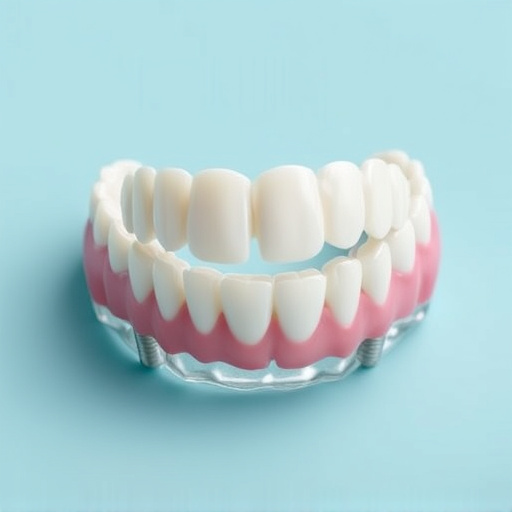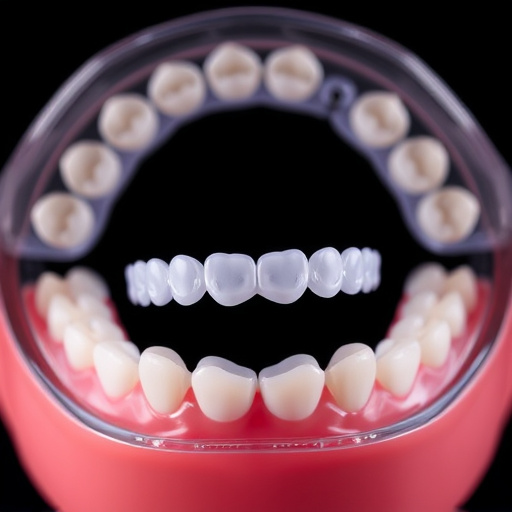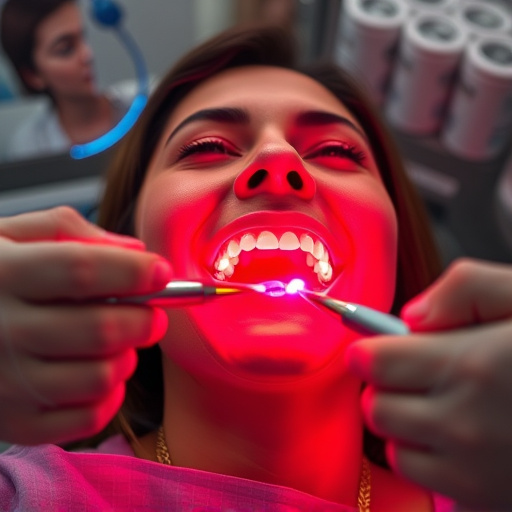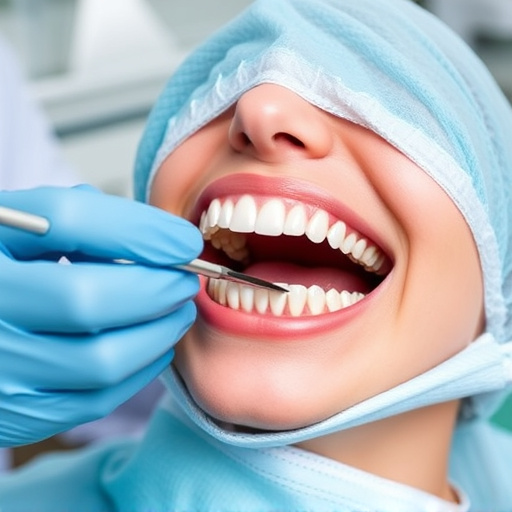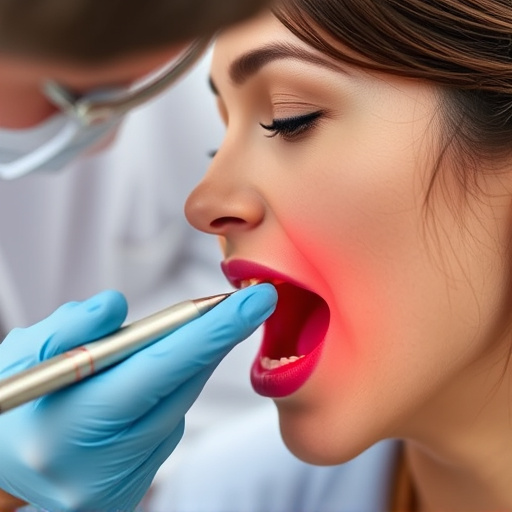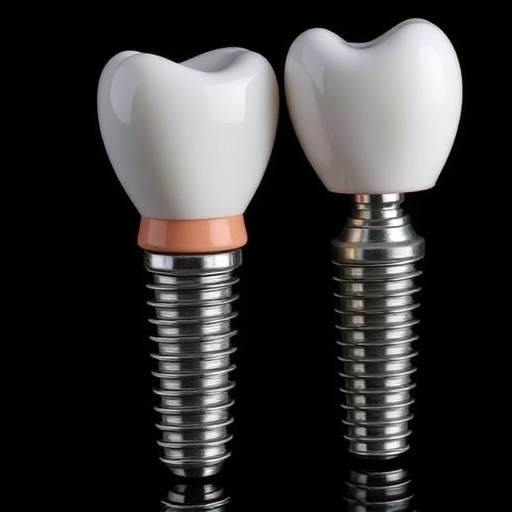Bone grafting treatment is a revolutionary oral and maxillofacial surgery technique that promotes new bone growth by strategically placing donor or synthetic bone material. Crucial for preserving jawbone structure after wisdom tooth removal, it aids emergency dental care for quicker healing and prevents bone atrophy. Additionally, it enhances facial aesthetics in cosmetic dentistry by restoring lost bone volume, improving overall appearance and confidence. This advanced procedure leverages natural bone regeneration processes, offering significant benefits across various medical fields like orthopaedics, periodontics, and maxillofacial surgery.
“Uncover the transformative power of natural bone regeneration through bone grafting treatment, a groundbreaking approach in modern medicine. This comprehensive guide delves into the intricate world of bone grafting, offering a detailed understanding of its science and applications. From the fundamentals to its remarkable benefits, we explore how this procedure stimulates natural bone repair, enhancing quality of life for patients worldwide. Discover the potential of bone grafting treatment in revolutionizing orthopedic care.”
- Understanding Bone Grafting Treatment: A Comprehensive Overview
- The Science Behind Natural Bone Regeneration
- Benefits and Applications of Bone Grafting in Modern Medicine
Understanding Bone Grafting Treatment: A Comprehensive Overview

Bone grafting treatment is a revolutionary procedure that has transformed the field of oral and maxillofacial surgery. It involves the strategic placement of bone material, often obtained from a donor or synthetic sources, to stimulate new bone growth in areas where bone loss has occurred. This advanced technique is particularly useful in various dental scenarios, including wisdom tooth removal complications, where preserving the jawbone structure is essential for future implant placements.
The process begins with careful evaluation and planning, ensuring the graft material is compatible and appropriate for the recipient’s body. In many cases, emergency dental care procedures can benefit from bone grafting to promote quick healing and prevent further atrophy. Moreover, in cosmetic dentistry, this treatment option enhances facial aesthetics by restoring lost bone volume, leading to improved overall appearance and confidence.
The Science Behind Natural Bone Regeneration

Bone regeneration is a fascinating process that scientists have been studying extensively to enhance dental treatments. At its core, natural bone regeneration involves a complex interplay between cells, proteins, and blood vessels. When a bone injury occurs, specialized cells called osteoblasts play a crucial role in repairing and rebuilding damaged tissue. They produce collagen matrices and mineralize them over time, forming new bone. This intricate process is continuously regulated by growth factors and signaling molecules that guide the transformation of fibroblasts into osteoblasts, ensuring the formation of strong and healthy bone.
Bone grafting treatment leverages this natural process to restore and regenerate lost or damaged bone, particularly in the context of restorative dentistry. During a typical procedure, a small amount of bone material is taken from a donor site (often the jawbone) and transplanted into the area where bone loss has occurred. This graft acts as a scaffold, providing a framework for osteoblasts to invade and create new bone. In addition to bone grafting, wisdom tooth removal procedures may also facilitate bone regeneration in the adjacent areas, allowing for improved oral health and enhancing overall dental repair capabilities.
Benefits and Applications of Bone Grafting in Modern Medicine

Bone grafting treatment has emerged as a game-changer in modern medicine, offering numerous benefits and wide-ranging applications. This advanced procedure involves the transfer of bone tissue from one part of the body to another, facilitating natural bone regeneration. Its utility spans various medical fields, including orthopaedics, periodontics, and maxillofacial surgery. In orthopaedics, bone grafting is often employed to treat bone defects or non-union fractures, enhancing healing and restoring structural integrity. Periodontists utilize it in dental implants to create a solid foundation, ensuring comprehensive dental care and restorative dentistry solutions.
Moreover, bone grafting plays a pivotal role in general dentistry, particularly when addressing oral cavity defects or reconstructing facial structures. By promoting osseointegration—the fusion of bone with the implant—it improves long-term success rates for dental procedures. This versatile treatment’s ability to stimulate bone growth and maintain tissue architecture makes it an invaluable tool in modern medical practice, contributing significantly to improved patient outcomes and quality of life.
Bone grafting treatment has emerged as a remarkable advancement in medical science, offering a natural and effective solution for bone regeneration. By understanding the intricate process involved and leveraging the latest research on bone biology, this procedure provides lasting results in various clinical applications. As we continue to explore and refine these techniques, bone grafting treatment holds immense potential to enhance patient outcomes and improve quality of life for those suffering from bone-related disorders.


